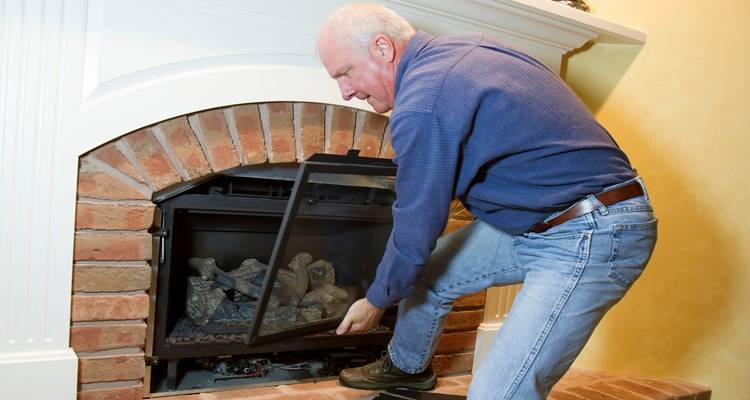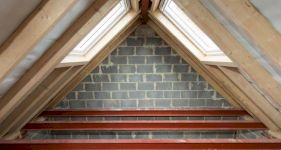PAT Testing Cost
- The average cost of PAT testing is around £150
- The job will take approximately 3 - 5 hours to complete
- NEW! Our PAT testing cost calculator for instant estimates.
- Complete pricing breakdown for the types of appliances that need to be tested.
- What PAT testing involves and how long testing should take.
- How to find and hire a PAT testing engineer
Do you need a PAT test and want to know the cost?
That's where this guide come in!
We break down all the PAT testing prices, discuss what is PAT testing, obtaining a PAT test certificate, PAT testing for landlords and we'll also look at how often should a PAT test be done.
The average cost of PAT testing is around £150, but this will depend on a few factors.
Are you ready for a quote for your job?
We have a range of PAT testing engineers ready to offer you a free quote!
So, check out our detailed PAT test prices guide on for all the information you could ever need on PAT testing.
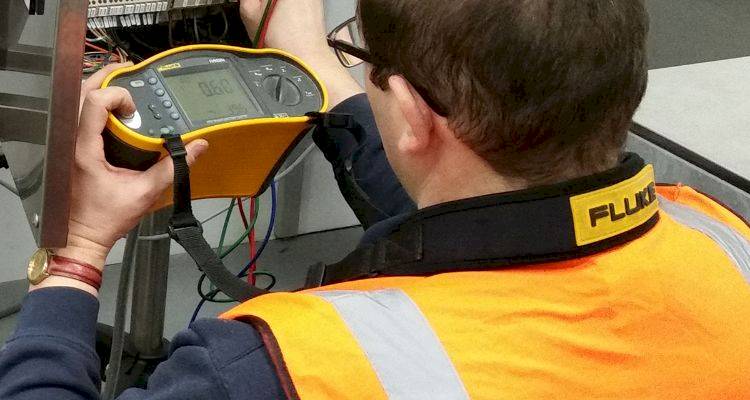
£150
Table of Contents
- How Much Does PAT Testing Cost?
- Additional Electrical Safety Costs
- Cost of PAT Testing Labour & Timescales
- Factors That Impact PAT Testing Costs
- What Does PAT Testing Involve?
- Can I Conduct PAT Testing Myself?
- Is PAT Testing a Legal Requirement?
- What Appliances Need PAT Testing?
- Benefits of PAT Testing
- Checklist: Hiring a PAT Tester in the UK
- FAQs
How Much Does PAT Testing Cost?
Portable appliance testing (PAT) is a term that is used to describe the process of examining electrical equipment and appliances to make sure they are entirely safe to use. While a lot of defects can be identified visually, others can only be found through proper testing.
The price you pay for PAT testing will depend on the number of items that need to be tested and whether there are any parts that need to be repaired or replaced.
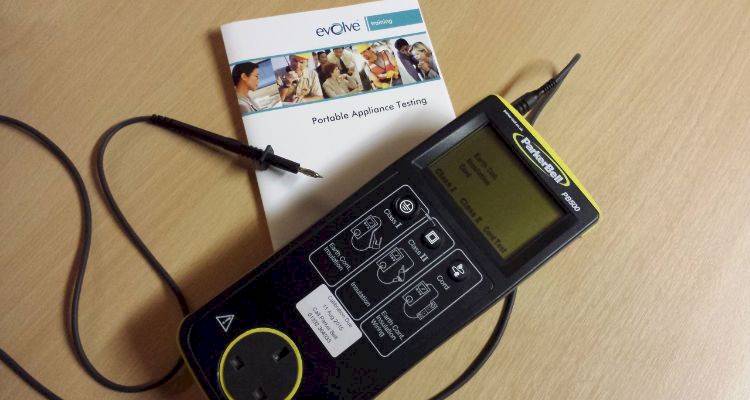
The average cost for PAT testing is around £1-£3 per item. However, you may be able to get discounts if you have a significantly large number of items that need to be tested. Some companies may choose to charge an hourly rate, which could be around £40-£60.
Many companies will charge a flat rate initial fee for the first batch of items, followed by a small price for each additional item. With this in mind, you should be sure to budget for both of these types of fee.
Should plug in electricals like microwaves and lamps in holiday lets be PAT tested?
PAT Testing Prices
Below is a table of PAT testing price but the number of appliances being tested:
| Number of Appliances | Initial Fee (up to 10 items) | 10-50 Items (£2-£3 per item) | 50-100 Items (£1-£2 per item) | Total Cost |
|---|---|---|---|---|
| 10 | £50-£100 | - | - | £50-£100 |
| 30 | £50-£100 | £40-£60 | - | £90-£160 |
| 50 | £50-£100 | £80-£120 | - | £130-£220 |
| 70 | £50-£100 | £120-£180 | £20-£40 | £190-£320 |
| 100 | £50-£100 | £180-£270 | £50-£100 | £280-£470 |
Additional Electrical Safety Costs
There are a number of additional costs that may come up in relation PAT testing. Below is a list of the additional costs that you may need to be aware of before having someone complete this type of work for you:
- Electrical Safety Certificate – £110-£130
- Rewiring a House – £3800-£4500
- Plug Socket Replacements / New Sockets – £75-£165
- Outdoor Socket Installation – £85-£130
- Electrical Safety Certificate (EICR / Electrical Inspection) – £110-£130 (Scotland only)
- Microwave Leakage Test – £15-£30
- Re-testing After Repairs – £20-£50
- Repairs and replacement Appliances – Variable Costs
Cost of PAT Testing Labour & Timescales
PAT testing can be carried out by a PAT testing engineer or by an electrician that has PAT testing equipment. The prices may be charged by the hour, as a fixed rate, or per item that is tested. A qualified electrician will usually charge around £40-£60 per hour, or they may charge a set fee.
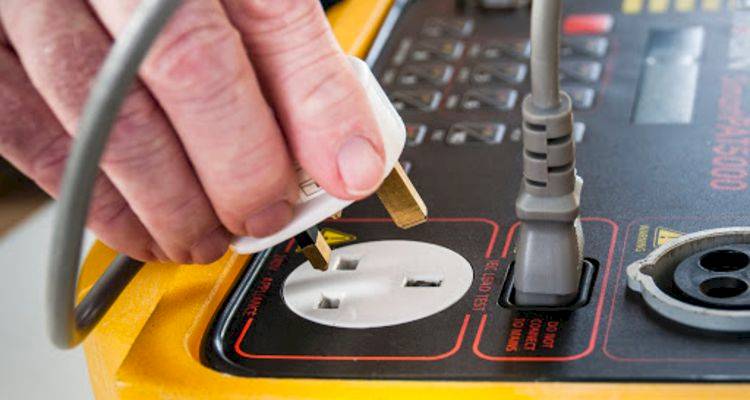
An engineer who is a qualified PAT tester will most likely charge around £40-£45 per hour, and can usually test around 20 to 30 items within that time, or potentially more for basic appliances. For larger jobs in places such as office buildings or construction sites, the engineer may charge a daily rate instead of around £200-£250 .
There is usually a minimum fee regardless of the number of items that need to be tested. This will usually cover the costs involved, such as travel, labels, VAT, equipment, and the labour costs.
It is best to schedule the tests at a time when the items are not in use to reduce the overall time that the engineer has to spend at the property. These reduced timeframes are the best way to keep the overall costs of labour down.
The exact time that it takes to test each item will vary. Small appliances such as a computer can be tested within around five minutes. However, larger items will likely take longer to test.
PAT Testing Cost Calculator
Factors That Impact PAT Testing Costs
There are several factors that could affect the cost of PAT testing. Below is a list of the main things that could affect the overall cost of the job:
Type of Item to be Tested
Smaller items will tend to take less time to test, and so these will cost less in labour to complete. Larger items may take much longer and will take up more of the engineer's time so that the overall job will take much longer. The longer the job takes, the more you can expect to pay.
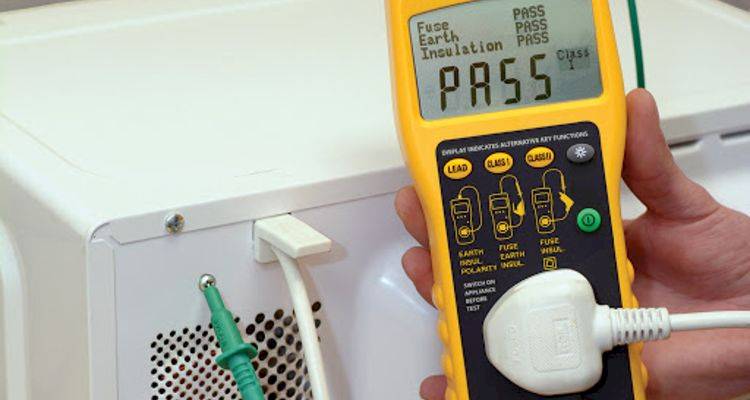
Number of Items to be Tested
If the items are priced per item, then you will pay more for the job as there are more items. Per item costs are usually around £2-£3 per item. Also, the more items that need to be tested, the longer the job will take overall. This means that, if the job is priced per hour, the costs will add up.
Additional Work Needed
Additional work may be needed as part of this job. Sometimes the items that are being tested may need to be repaired, or parts may need to be replaced in order for it to pass the PAT test. If that's the case, you will need to pay for the repairs or replacement as an extra element of the job.
Location of Property
The location of your property can affect the overall cost of the job. Those based in London can expect to pay more than those based in the North or other areas of the UK.
What Does PAT Testing Involve?
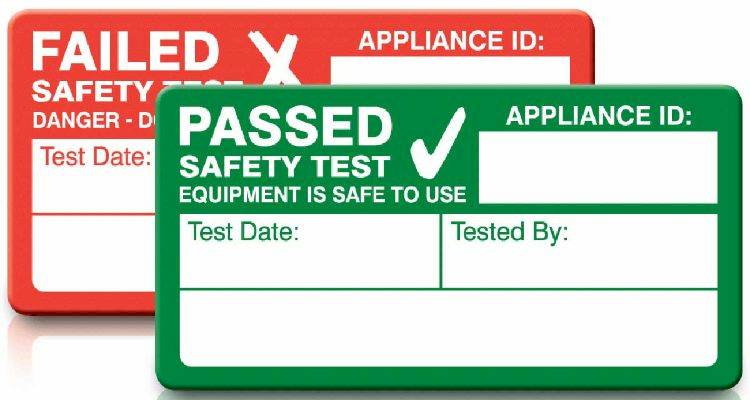
PAT testing is a relatively straightforward process, but here’s a brief overview of what you can expect when you hire an experienced electrical contractor to carry out your PAT tests:
Before the Job Starts
- Initial Inspection & Preparation — The contractor will identify and confirm which electrical appliances are to be tested and make sure these can be accessed safely. They will review any PAT documents, where applicable, and plan their testing schedule to minimise any disruption.
- Equipment Setup — The contractor will set up all the necessary equipment for the PAT tests and ensure these are properly calibrated and working correctly.
During the Job
- Visual Inspection — The contractor will check each appliance visually for signs of damage or misuse. This will include checking plug casings, cables and cord grips, Fuses, as well as Wiring and terminals.
- Electrical Testing — After completing the visual check, the contractor will carry out a number of electrical safety checks:
- Earth Continuity Test: checking the earth connection is sound.
- Insulation Resistance Test: checking the electrical insulation is intact.
- Functional & Leakage Tests: checking the appliance is operating correctly, without any current leakage.
- Minor Repairs — Simple fixes, such as replacing fuses or tightening loose connections, will usually be fixed on the spot so the appliance is safe and passes the test.
After the Job
- Labelling & Certification — Tested appliances are labelled with a pass or fail sticker, showing the test date and recommended date for the next test. A PAT testing certificate and any other required documents will also be prepared and provided.
- Reporting & Follow-Up — Details of any appliances that failed testing or have serious faults will be provided in the report, with recommendations for whether they need to be fixed, replaced, or require further testing.
Can I Conduct PAT Testing Myself?
Yes, you can carry out your own PAT testing, as long as the tests are done by someone capable of correctly using the correct equipment. There are no legal requirements or reasons why you can't do so yourself, however, there are a few things to consider:
- Although PAT testing machines are user-friendly, they can cost between £150–£500, making them an expensive initial outlay.
- While machines provide a pass/fail result, you still need to understand test readings
- Additionally, this requires knowledge of earth continuity, insulation resistance and how to resolve issues.
- Some appliances, such as white goods and electrical tools, can potentially benefit from testing more regularly.
- Electricity can cause serious injury and potential fire hazards if wiring and appliances are not handled correctly.
- By testing yourself, be mindful you are also confirming the appliances are safe for others to use.
For peace of mind, it is always best to leave this job to the professionals who have all of the experience and knowledge needed to complete the job thoroughly.
Is PAT Testing a Legal Requirement?
PAT testing is not a legal requirement and there are no specific PAT testing regulations that relate to electrical appliances within the home. However, occasional PAT testing is still one of the best ways to ensure that all of your electrical equipment is deemed safe.
Within the workplace, employers have a legal duty under the Electricity at Work Regulations 1989 and the Health and Safety at Work Act to ensure that electrical equipment is well maintained and in a safe condition.
While PAT testing isn't mandatory to achieve this, it remains a widely recognised practice in order to meet these obligations. It also helps prove health and safety has been a priority and can reduce the risk of accidents such as electrical shock or fire hazards.
Landlords in Scotland are also required by law to obtain an Electrical Installation Condition Report (EICR) for any rented property. This is to ensure electrical installations are safe and, although not legally required, PAT testing is often a personal choice as a way to help prove this.
What Appliances Need PAT Testing?
Portable appliances need to be PAT tested. As a general guide, this is often defined as an appliance that is less than 18kg in weight and easily transportable.
Mostly, any item that connects to the power supply via a plug and cable is usually subject to PAT testing. With this in mind, there are hundreds of different items that can be PAT tested.
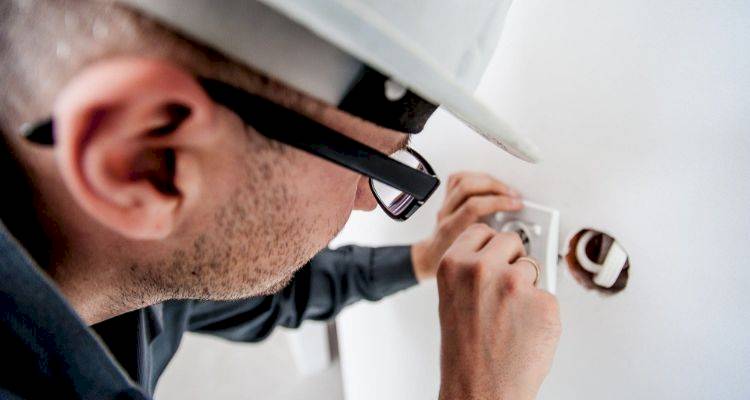
Products for PAT testing are usually put into different classes. The class list can be found below:
Class 1
This class relates to any earthed item, as these have greater potential for injury. This class of products should be the highest priority when it comes to PAT testing. Some examples of products that fall under the class 1 category include electric heaters, microwaves, fridges, and toasters.
Class 2
This class includes all appliances that are doubly insulated but still need to be tested for insulation resistance. Some examples of class 2 items include televisions, hairdryers, and computers.
Class 3
This class includes products such as charging leads for things like laptops and mobile phones. The laptops and mobile phones themselves don't need PAT testing as they are low voltage and have their own isolating transformers.
Power supply leads for any portable appliance or equipment should be PAT tested.
Benefits of PAT Testing
There are a number of benefits to PAT testing, especially within a business or industry setting. The main benefits are listed below:
- Health and Safety within the workplace is the responsibility of the employer, and it is essential that all electrical equipment is safe for use. PAT testing the electrical items in the workplace ensure that they are safe for use.
- When checks are made by a qualified electrician or a PAT testing professional, this can reduce any chances of an accidental fire as a result of faulty electrical equipment.
- If there are any faults or accidents due to faulty electrical equipment, this may not be covered on your insurance policy if the proper testing hasn't been kept up.
- Regular checks on your electrical equipment means that you can identify potential problems early before they result in a long-term or permanent fault. PAT testing is an important part of regular maintenance.
- PAT testing is the best approach to ensures that your appliances are as safe as they can be.
Checklist: Hiring a PAT Tester in the UK
There are a few things you will need to consider before hiring someone to do PAT testing for you. Below is a list of some of the main things that you should consider when looking for the right engineer for the job:
- Have you searched around for recommendations? Check their online pressence and MyJobQuote profile, along with reviews and asking friends and family if they have anyone in mind they could suggest.
- Have you asked for more than one quote? By receiving at least three quotes via MyJobQuote you can gauge an accurate idea of if someone is too expensive. Ask for a breakdown of costs so you can ensure you are paying a reasonable price for each element of the job.
- Is the contractor experienced in PAT testing? Check how long they've been PAT testing and ask about their background, for example a qualified electrician is likely to be well-suited for the job.
- Does the contractor have all the appropriate equipment? As you are not doing the work yourself, it is important to understand how the workmen are carrying out the PAT testing and what equipment is being used.
- Will the contractor fix any issues that may arise? In the event of any items failing the PAT test, check if they are able to carry out any repairs and if they are included within the price or charged as extra.
- Does the contractor offer any guarantees with their work? This helps to provide confidence in their PAT testing ability and the reassurance the job will be carried out correctly.
- Do they have public liability insurance? Although not a legal requirement, public liability insurance covers both yourself and the tradesmen in the event of an accident or accidental damage.





